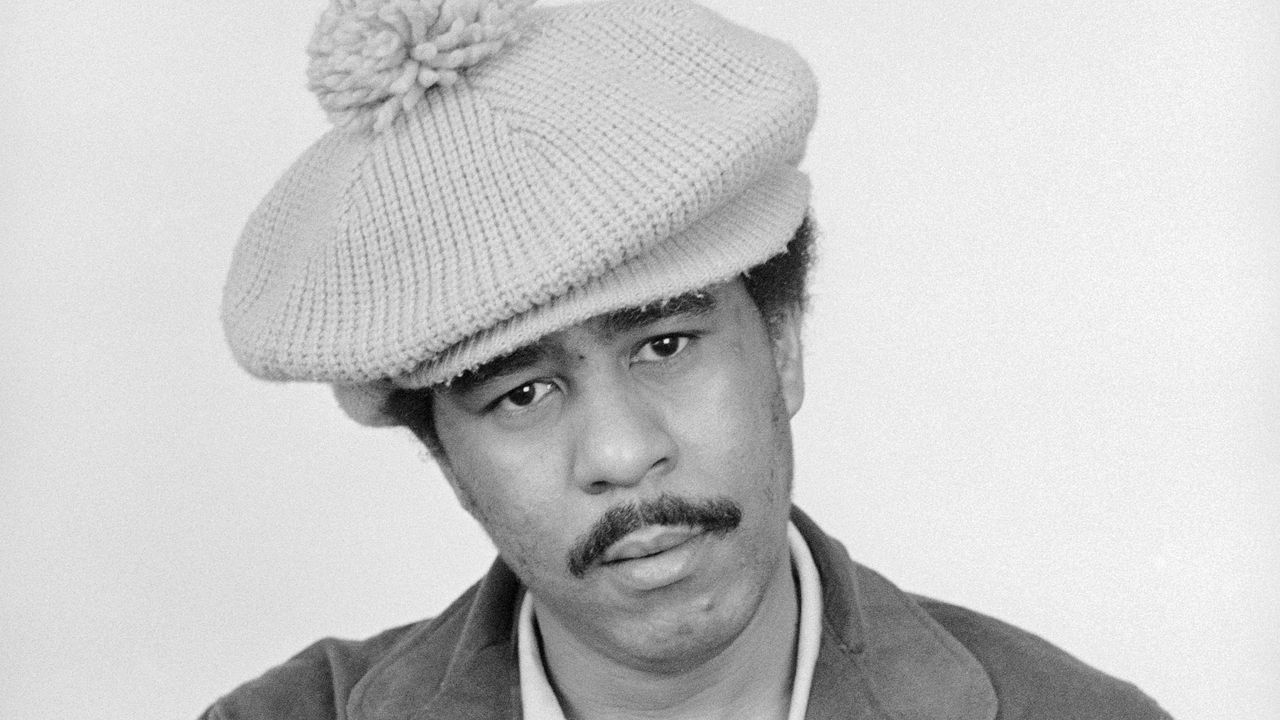Early in his career in New York, playing Village basket houses, he was a crossover act, popular with largely white crowds, performing a cerebral, conceptual act that a modern viewer would understand as improv play. He hadn’t ever quite fit in the Chitlin Circuit tradition of Black comedians playing to mostly Black audiences, like his friend Red Foxx or Pigmeat Markham or Moms Mabley. Nor did he quite fit with the defiant, Civil Rights-influenced young comics of his peer group, like Dick Gregory and Godfrey Cambridge. Of his contemporaries, he ironically was probably closest in style to Bill Cosby, another comedian who would put on skits— Noah receiving IKEA-style ark-construction directions from God, the indignity of the dentist—though he would later think of himself, and be thought of, as “The Anti-Cosby.”
For Pryor, finding his voice and finding his career was a journey. For a time his working life was bifurcated—playing by industry rules afforded to Black entertainers and cultivating an inoffensive screen persona on shows like The Partridge Family, while spending his free time on projects like the never-completed Uncle Tom’s Fairy Tales, an experimental underground film that imagined the commingling of the concurrent Black and sexual revolutions.
He moves around, from New York to LA, from LA to Berkeley, back to LA. He becomes disenchanted with the frustrating low-level fame he achieves and hungers for connection with Black audiences and Black issues in his material. He finds valuable collaborators like Paul Mooney, Lily Tomlin, and Mel Brooks, who are fearless in their transgressive work, as well as a community of serious Black artists, like the writers Cecil Brown, Ishmael Reed and Al Young. He falls in love and falls out of it. He begins incorporating profanity into his act around the time he begins to turn inward (and around the period obscenity laws are beginning to become more lax when it comes to public expression), and notably begins using the N-word in a manner it had never been employed on stage before. In doing so, he’s not pushing boundaries for the sake of pushing them, but to change the way we think and talk about concepts of race, sexuality, and freedom in an honest, frank manner that uses humor to strip away some of their power.
But by 1974, and on the subsequent Warner records, you can listen to Pryor inventing the modern format of standup comedy in real time. What he’s finally able to put together in his mature era is his personal history, pain, pathos, struggles with women, sex, drugs, money and fame, all examined from the perspective of a suppressed Black man finally enjoying free expression and finding more acclaim and popularity than he did when he played by society’s rules. It can be understood as a rejection of the limited options, the voice the entertainment industry forced on Pryor, and an embrace of his own taste, his own narrative. Along with Muhammad Ali, Richard was a Black celebrity who you could argue was just before his time—but you could just as easily argue that neither man could have arrived at the “right time.” Both Pryor and Ali were a tide change, necessary to put one conception of Black celebrity in America to rest, so a new one could begin.

